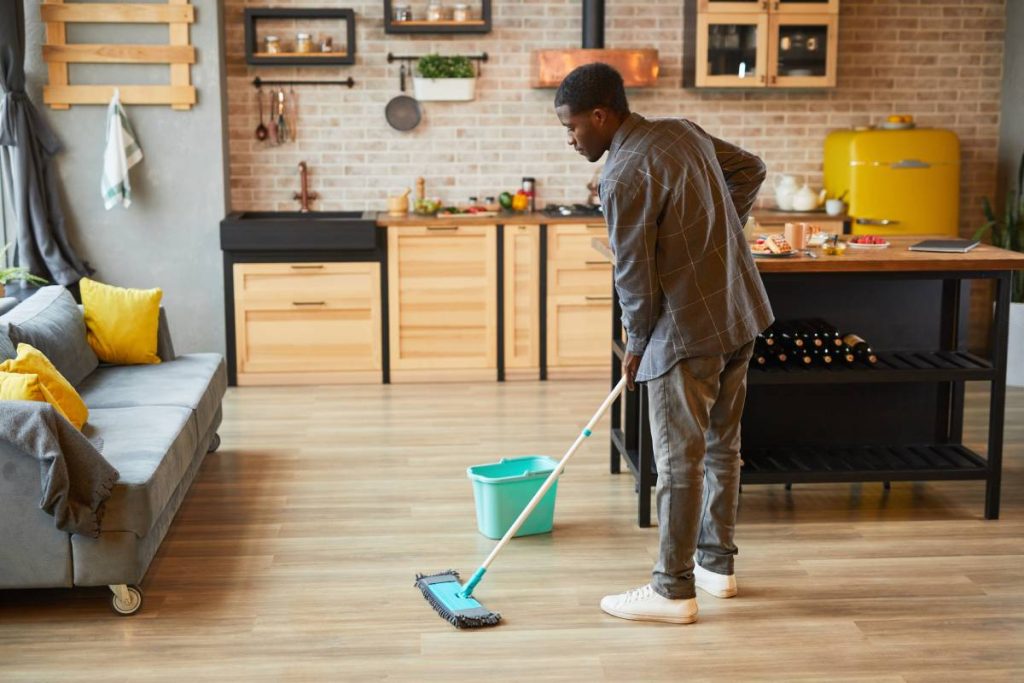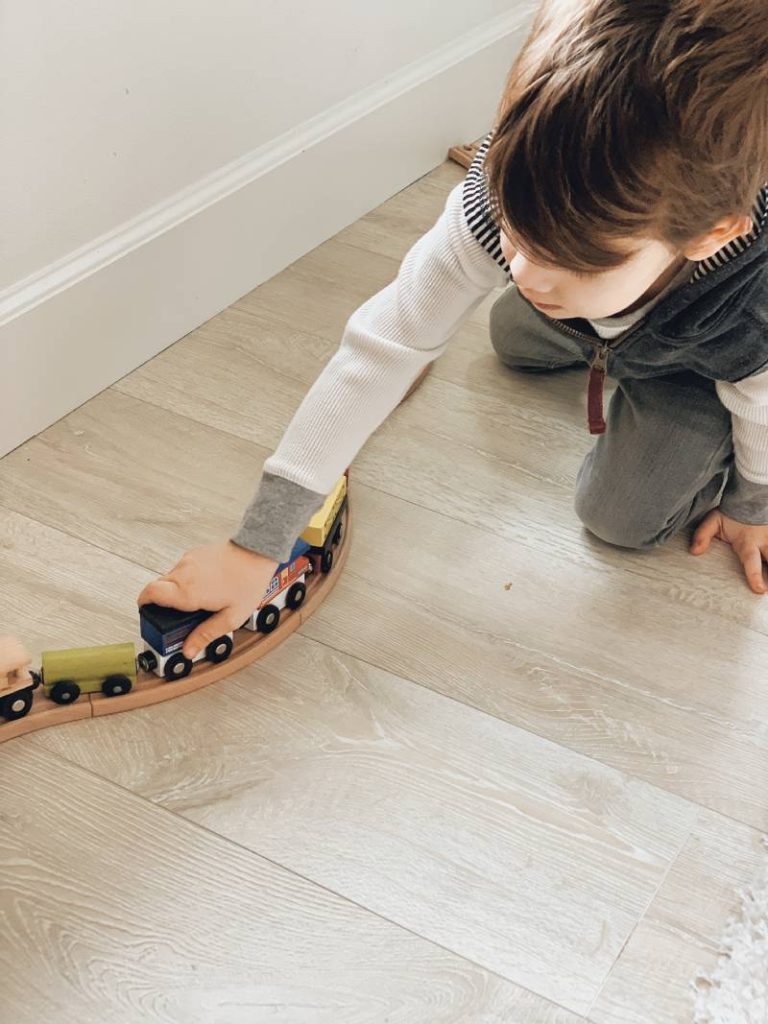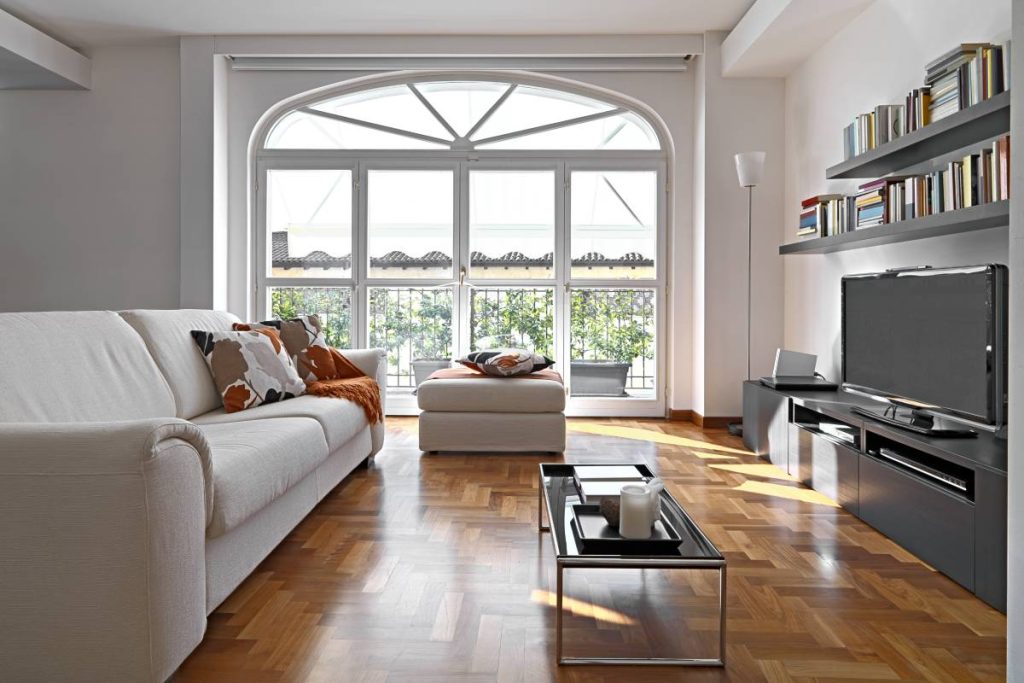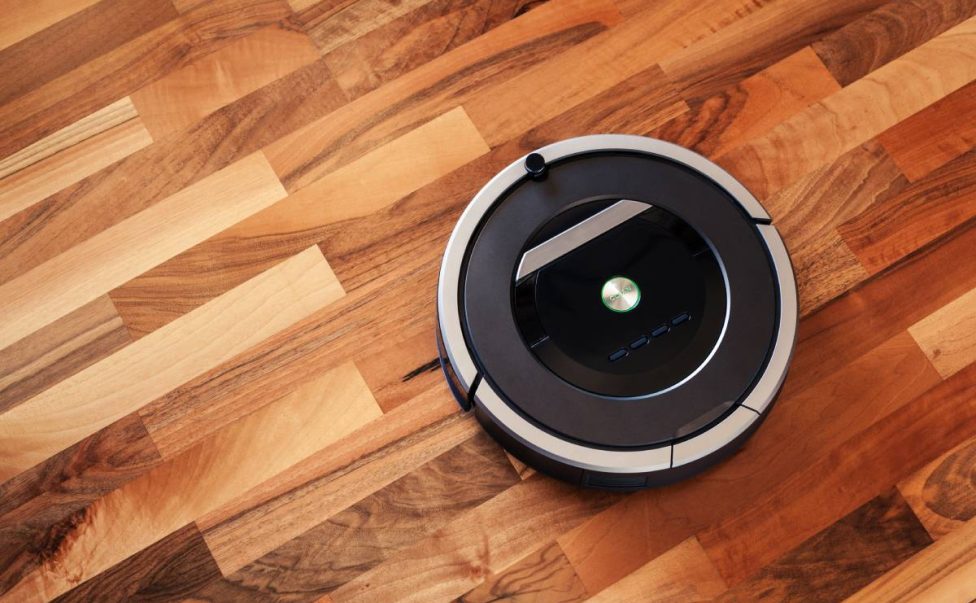How long does timber flooring last? How often should wood floors be replaced? How do I know when my wood floors need replacing?
Wood flooring adds warmth and timeless beauty to homes, but as the years go by, even the sturdiest of floors may show signs of wear and tear. Recognizing when it’s time to consider replacing your wood floors is crucial for maintaining a safe and aesthetically pleasing living space.
In this article, we will explore four key indicators that may signal the need for replacement: extensive damage, warping or cupping, discolouration, and the culmination of multiple refinishing attempts. Understanding these signs will empower homeowners to make informed decisions about the lifespan of their wood floors and when it’s time to embark on the journey of replacement.
How long does timber flooring last?
The lifespan of timber flooring can vary depending on several factors, including the type of wood used, the quality of the installation, maintenance practices, and the level of foot traffic it experiences. Generally, well-maintained and high-quality timber flooring can last for several decades and even longer.
Solid hardwood floors, for example, can last for 50 years or more if properly cared for. Engineered wood flooring, which consists of a layer of hardwood on top of a plywood or high-density fiberboard core, can also have a long lifespan, often around 20-30 years or more.
It’s important to note that proper maintenance is crucial to extending the life of timber flooring. Regular cleaning, avoiding excessive moisture, and promptly addressing any damage or wear can help preserve the floor’s appearance and structural integrity.
Keep in mind that individual experiences may vary, and the lifespan of timber flooring can be influenced by factors such as the specific wood species, the thickness of the flooring, and the quality of the finish. Additionally, advancements in manufacturing and finishing technologies may impact the durability of newer timber flooring products.

How do you maintain wood flooring?
Proper maintenance is essential to ensure the longevity and appearance of wood flooring. Here are some general tips for maintaining wood flooring:
- Regular Cleaning:
- Sweep or vacuum regularly to remove dirt and debris that can scratch the surface.
- Use a soft-bristle broom or a vacuum cleaner with a hardwood floor attachment to prevent scratches.
- Damp Mopping:
- Damp-mop the floor using a well-wrung mop and a mild wood floor cleaner. Avoid excessive water, as standing water can damage wood floors.
- Follow the manufacturer’s recommendations for cleaning products.
- Avoid Excess Moisture:
- Wipe up spills immediately to prevent water damage.
- Use mats at entryways to trap dirt and moisture.
- Protect from Furniture:
- Place felt pads or furniture coasters under the legs of furniture to prevent scratches.
- Lift furniture when moving it, rather than dragging it across the floor.
- Sunlight Protection:
- Limit exposure to direct sunlight, as it can cause wood to fade over time. Use curtains or blinds to block out sunlight during peak hours.
- Trim Pet Nails:
- Keep pet nails trimmed to prevent scratches.
- Avoid Harsh Chemicals:
- Avoid using harsh cleaning chemicals, ammonia-based cleaners, or abrasive cleaners, as they can damage the finish.
- Periodic Refinishing:
- Depending on wear and tear, you may need to refinish the floors every 7-10 years. This involves sanding down the surface and applying a new finish.
- Use Area Rugs:
- Place area rugs in high-traffic areas to protect the wood from excessive wear.
- Temperature and Humidity Control:
- Maintain a stable indoor environment with controlled temperature and humidity levels to prevent the wood from expanding or contracting.
Always refer to the manufacturer’s guidelines and recommendations for cleaning and maintenance specific to the type of wood flooring you have installed. Additionally, consider the specific finish applied to the wood, as different finishes may have different care requirements.

How often should wood floors be replaced?
The frequency at which wood floors need to be replaced depends on various factors, including the type of wood flooring, the quality of installation, maintenance practices, and the level of foot traffic the floors endure. Well-maintained and high-quality wood flooring can last for several decades, and in some cases, even a century or more. Here are some general guidelines:
- Solid Hardwood Floors:
- With proper care and maintenance, solid hardwood floors can last for 50 years or more. The ability to refinish solid hardwood contributes to its longevity.
- Engineered Wood Floors:
- Engineered wood flooring, which has a hardwood layer on top of a plywood or high-density fiberboard core, generally has a lifespan of 20-30 years or more, depending on the thickness of the top layer.
- Laminate Flooring:
- Laminate flooring has a shorter lifespan compared to solid hardwood or engineered wood. It typically lasts around 15-25 years, and its durability can be influenced by the quality of the product.
- Bamboo Flooring:
- Bamboo flooring can have a lifespan similar to that of hardwood, lasting 20-25 years or more with proper care.
It’s important to note that the condition of the wood floor, rather than a specific timeframe, is often the key factor in determining when replacement is necessary. Signs that your wood floors may need a replacement include extensive damage, severe warping or cupping, widespread discolouration, or if the floors have been repeatedly refinished and are no longer salvageable.
Regular maintenance, prompt repairs, and adherence to proper care guidelines can significantly extend the life of wood floors. In some cases, homeowners may choose to replace wood floors for aesthetic reasons or to update the look of their space rather than due to the flooring’s structural integrity.

How do I know when my wood floors need replacing?
Determining when wood floors need replacing involves considering several factors related to their condition and performance. Here are some signs that may indicate it’s time to replace your wood floors:
- Extensive Damage: If your wood floors have widespread damage, such as deep scratches, gouges, or termite infestations that compromise the structural integrity, it may be more practical to replace them than to attempt extensive repairs.
- Warping or Cupping: Severe warping or cupping of individual planks or the overall flooring is a sign of water damage. If the warping is extensive and affects the stability of the floor, replacement may be necessary.
- Discolouration: Significant and widespread discolouration that cannot be resolved through refinishing may indicate damage to the wood itself. This could be due to moisture issues, sun exposure, or other factors.
- Multiple Refinishing Attempts: If your wood floors have been refinished multiple times and are showing signs of wear, and if the thickness of the wood layer is becoming a concern, replacement might be a more viable option than further refinishing.
- Loose or Creaking Boards: Loose or creaking boards can be a sign of subfloor issues or adhesive failure. If these issues are widespread and affect the stability of the floor, replacement may be necessary.
- Mould or Mildew Growth: Persistent mould or mildew growth, often resulting from prolonged exposure to moisture, can be a health hazard and a sign of serious problems. In such cases, replacing the flooring may be the best solution.
- Outdated or Unwanted Style: Sometimes, homeowners choose to replace wood floors for aesthetic reasons. If the style or colour is outdated or no longer suits your preferences, you might consider a replacement for a fresh look.
Before deciding to replace your wood floors, it’s advisable to consult with a flooring professional. They can assess the condition of your floors, provide guidance on whether replacement is necessary, and recommend suitable replacement options based on your preferences and needs.
The decision to replace wood floors is a significant one, influenced by factors ranging from structural integrity to personal aesthetics. As we’ve explored the various signs that indicate a potential need for replacement, it’s important to note that regular maintenance and care can significantly extend the life of wood flooring. Whether prompted by extensive damage, a desire for a fresh look, or as part of a broader renovation project, seeking professional advice and considering the overall condition of the floor are crucial steps in this process.


